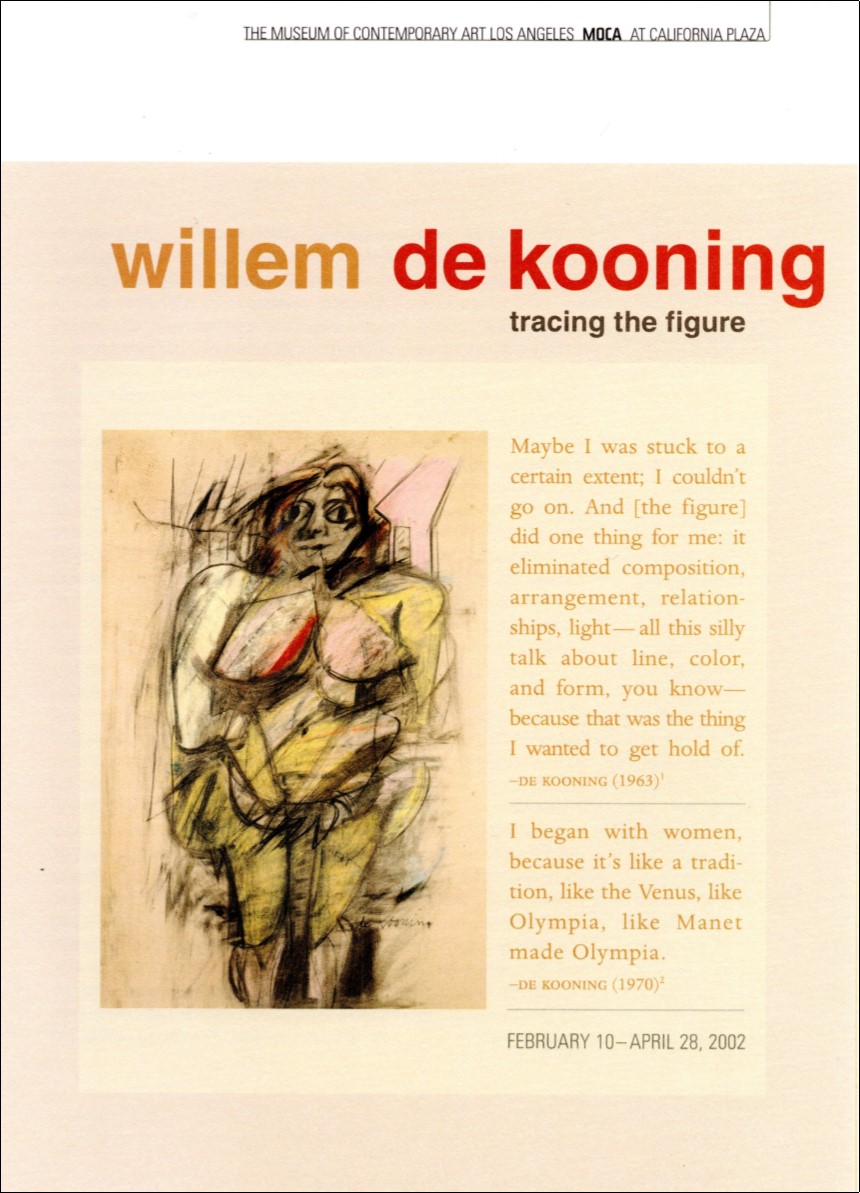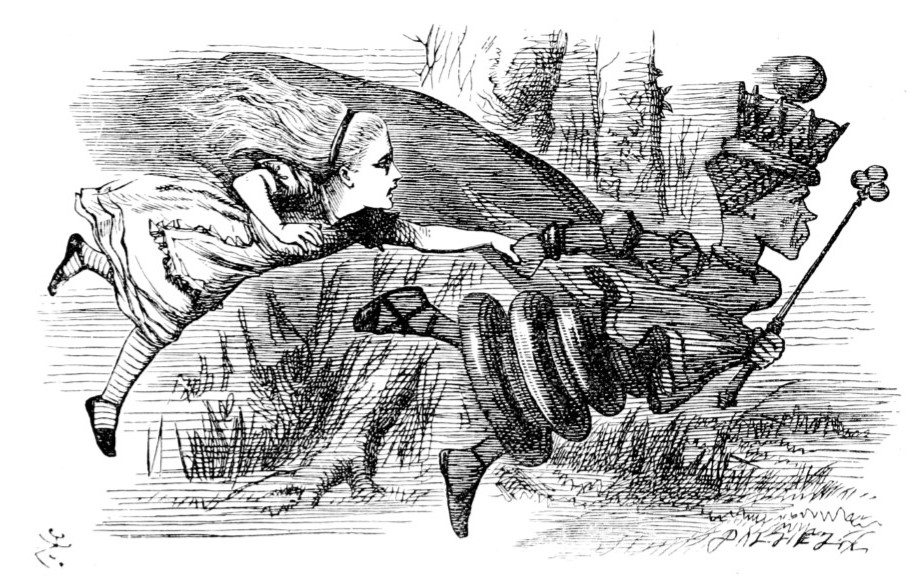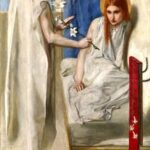A few months ago, I had the opportunity to view five Andy Warhol screenprints from his Myths series, which includes images of The Shadow, Santa Claus, Mammy, Howdy Doody, Uncle Sam, The Witch, Superman, Dracula, The Star, and Mickey Mouse. The portfolio is notable in his oeuvre in that, with the exception of the few comic strip panels he painted when he first started using popular culture imagery, I believe they are the only fictional characters he ever depicted. My two favorites in the series are The Witch and The Shadow; the former is formally the most successful of the ten, the latter is reminiscent of his earlier work, and was recently among the pieces carefully removed from a drawer and placed before me, unframed and
immediate. I had a sharp intake of breath upon seeing The Shadow; with its deep red and icy blue palette, with its dramatically-lit face and stagy silhouette which fills the majority of the picture plane, it is a striking image, for which Warhol himself served as model. Who knows what evil lurks in the hearts of men?
In the autumn of 1981, in the local paper I saw a Weinstock’s department store insert announcing an upcoming appearance by Andy Warhol as part of their The Art of Giving holiday advertising campaign, of which the Myths portfolio was an integral part. At the time, Warhol occupied quite a bit of my brain space; I’d recently read Popism: The Warhol ’60s,1 and found the whole Factory scene terribly romantic in a seedy, amphetamined sort of way. It also seemed long ago and far away – it’s amazing to me now how recent it had actually been. Warhol had painted his seminal Campbell’s Soup Cans, the 32-panel polyptych which made up his first gallery show of Pop work, less than twenty years prior; and it had been only a little over thirteen years since he’d been shot twice and pronounced dead, which definitively ended that period – the “crazy, druggy,”2 open-Factory-door-policy period – of his career. Although I was very young when the ’60s came to an end, many of my cultural reference points were and continue to be from that time: the British Invasion, the Mercury/Gemini/Apollo missions, Haight-Ashbury, the Civil Rights movement, Silver Age comics, Swinging London, Pop Art. These were not common interests among people my age, who at the time were collectively frothing over REO Speedwagon’s Hi Infidelity, the Rubik’s Cube, and who shot JR.
In any case, I was a Warhol obsessive and his Weinstock’s appearance was an occasion I wasn’t going to miss. On Saturday November 14, a date sadly missing from The Andy Warhol Diaries,3 my older brother and I caught a bus going downtown and journeyed to the department store, where a line had already formed by the time we arrived. This was the first time I saw actual work by Warhol, as all ten prints were being exhibited in the store. Copies of the current issue of Interview magazine were distributed to attendees, and a woman circulated with a tray of chocolate-covered cherries, as if she were serving hors d’oeuvres at a cocktail party. When we got to the table where Warhol was seated, I was too much in awe to say much of anything while he was signing my Myths leaflet; nevertheless, seeing him was a real moment for me. My brother, for his part, handed Warhol a newspaper clipping and asked him if he would put his teeth marks in it. Warhol turned and whispered to Bob Colacello,4 who was standing by his side and leaned over to hear Warhol’s query. Colacello pointed to his own mouth and dutifully repeated the request, which the amused Warhol denied, then signed the paper and handed it back to my brother. We left the store and rode the bus back to the suburbs, far from the reality of the Factory, but close enough to bask in its mythology. That was the only encounter I ever had with Warhol; he would die just over five years later, following a gallbladder operation. He was fifty-eight years old.
It’s been four decades, almost to the day, since that particular trek to Weinstock’s, and in those intervening years, I’ve probably seen more actual work by Warhol than by any other artist. My favorite pieces tend to be from the 1960s, although he continued to do work I love through the ’70s and ’80s. The Myths portfolio doesn’t rank among his strongest – much of the depth and power in Warhol’s work was derived from his ability to create images which not only distilled the culture of the time, but did so in such a stark and authoritatively factual manner. The Myths look great, but because the subjects are fictional characters,5 they lack the compelling potency of the Car Crashes, the Jacqueline Kennedys, the Most Wanted Men, the skulls, the 1986 Self-Portraits. Despite this, they continue to hold a special place for me in Warhol’s body of work – you never forget your first time.
1 Andy Warhol and Pat Hackett; Harcourt Brace Jovanovich (1980).
2 Ibid, page 285.
3 Pat Hackett, Editor; Warner Books (1989).
4 Interview magazine Executive Editor and later the author of Holy Terror: Andy Warhol Close Up; HarperCollins (1990).
5 Warhol dodged this issue with The Shadow because he does not appear in costume – it can be read as simply a self-portrait.

































